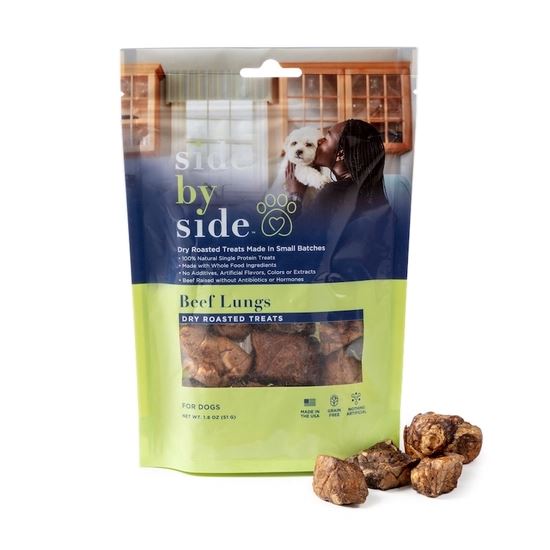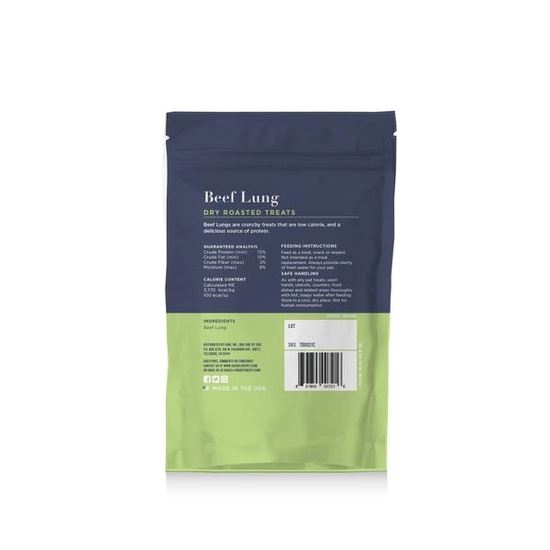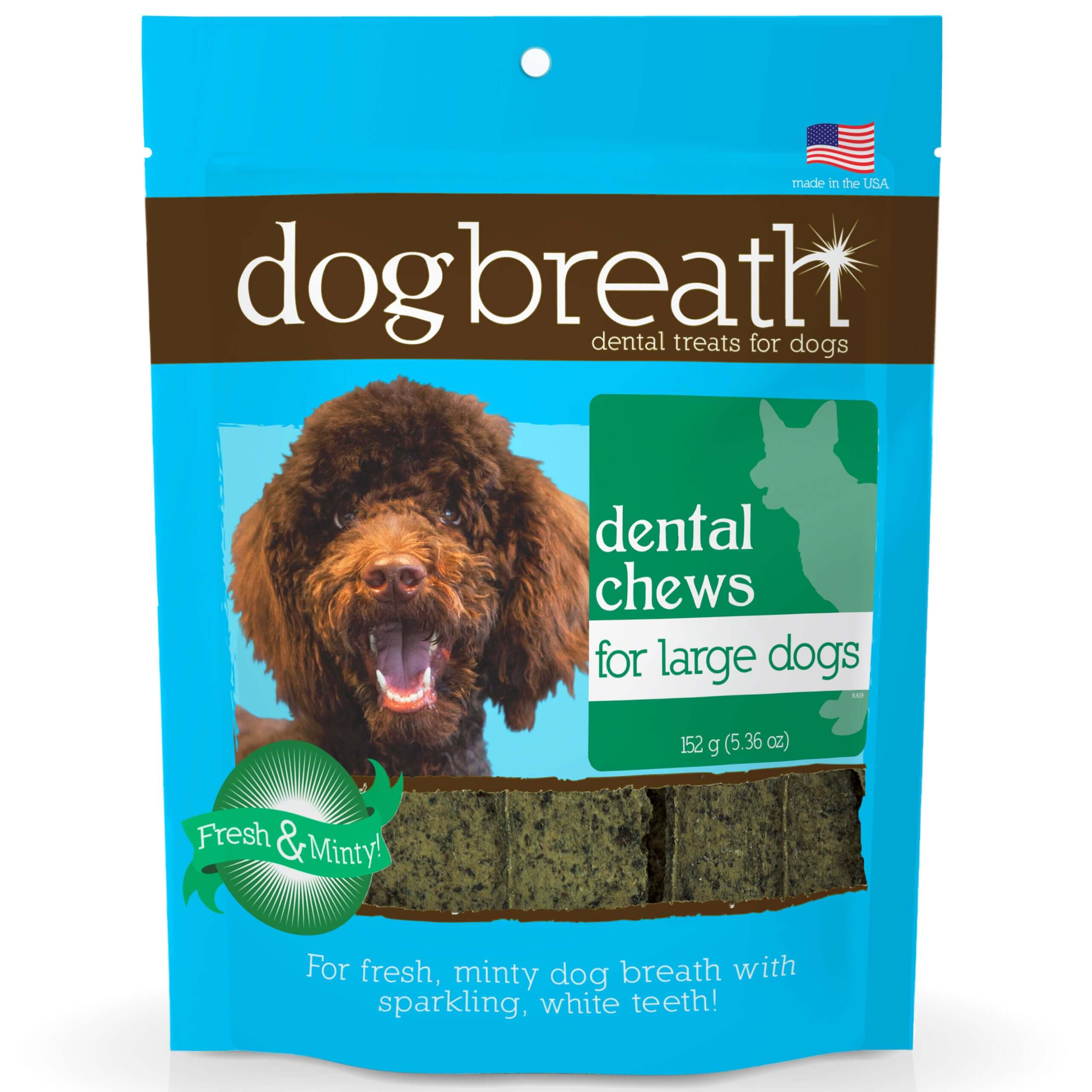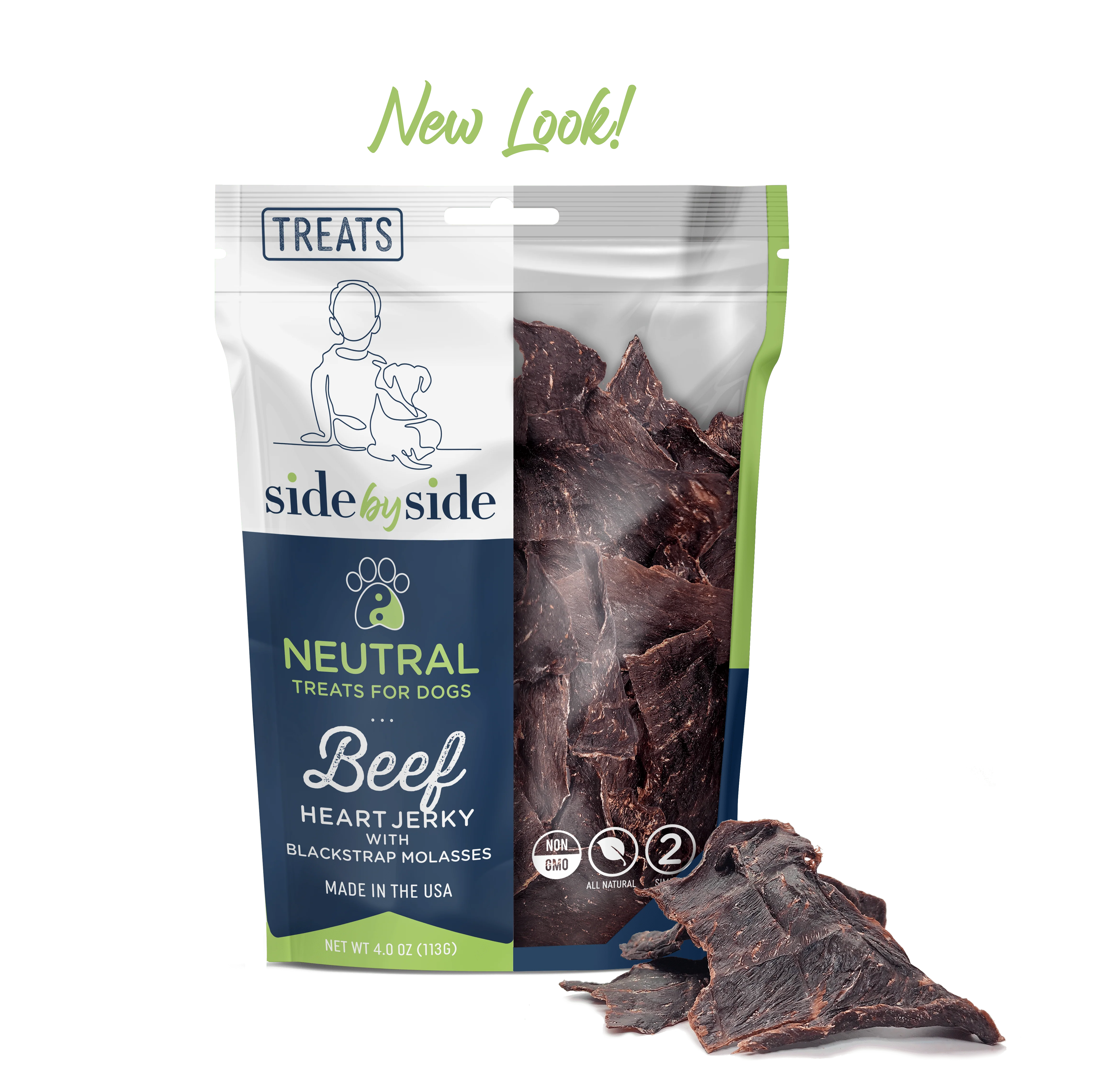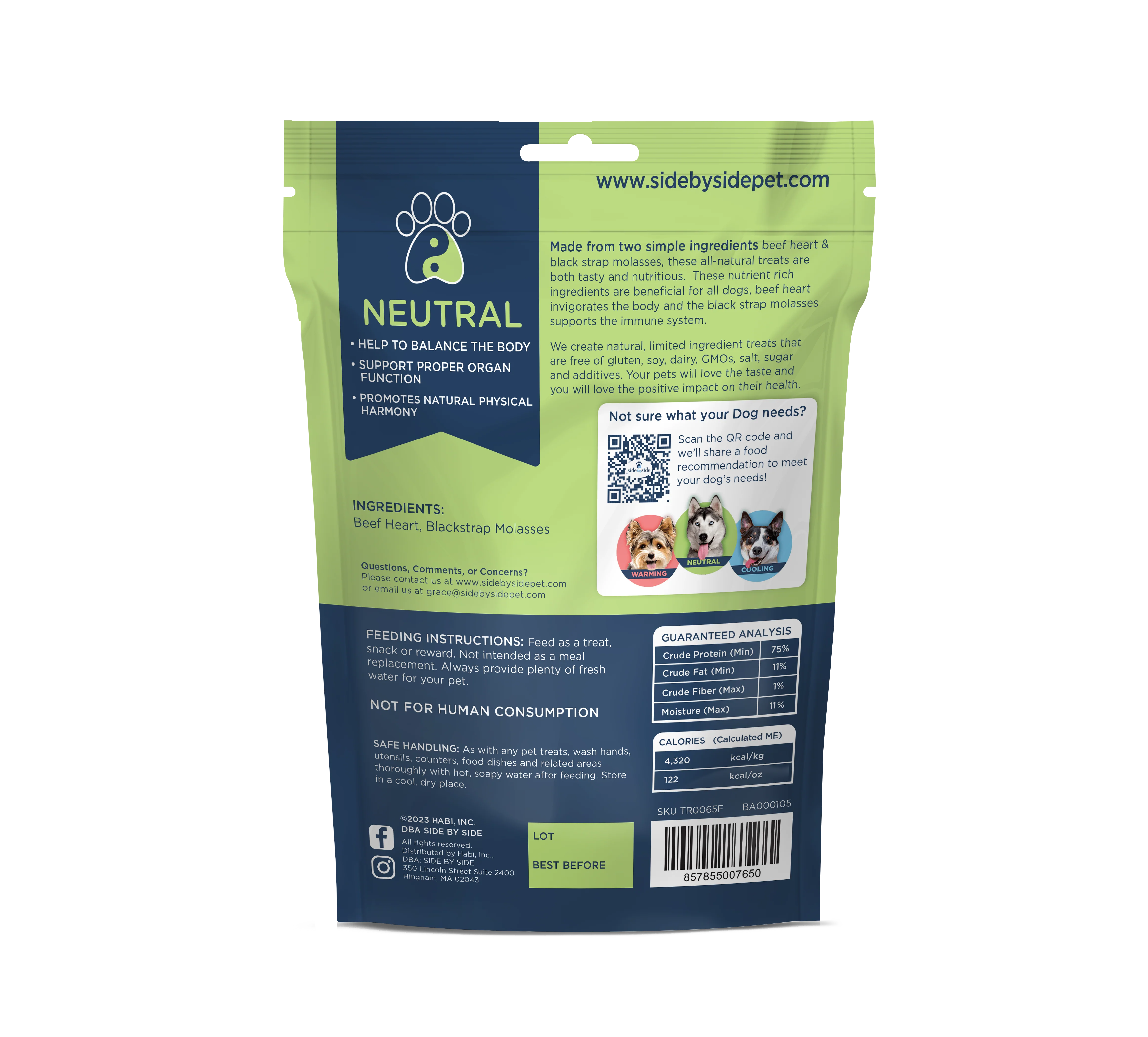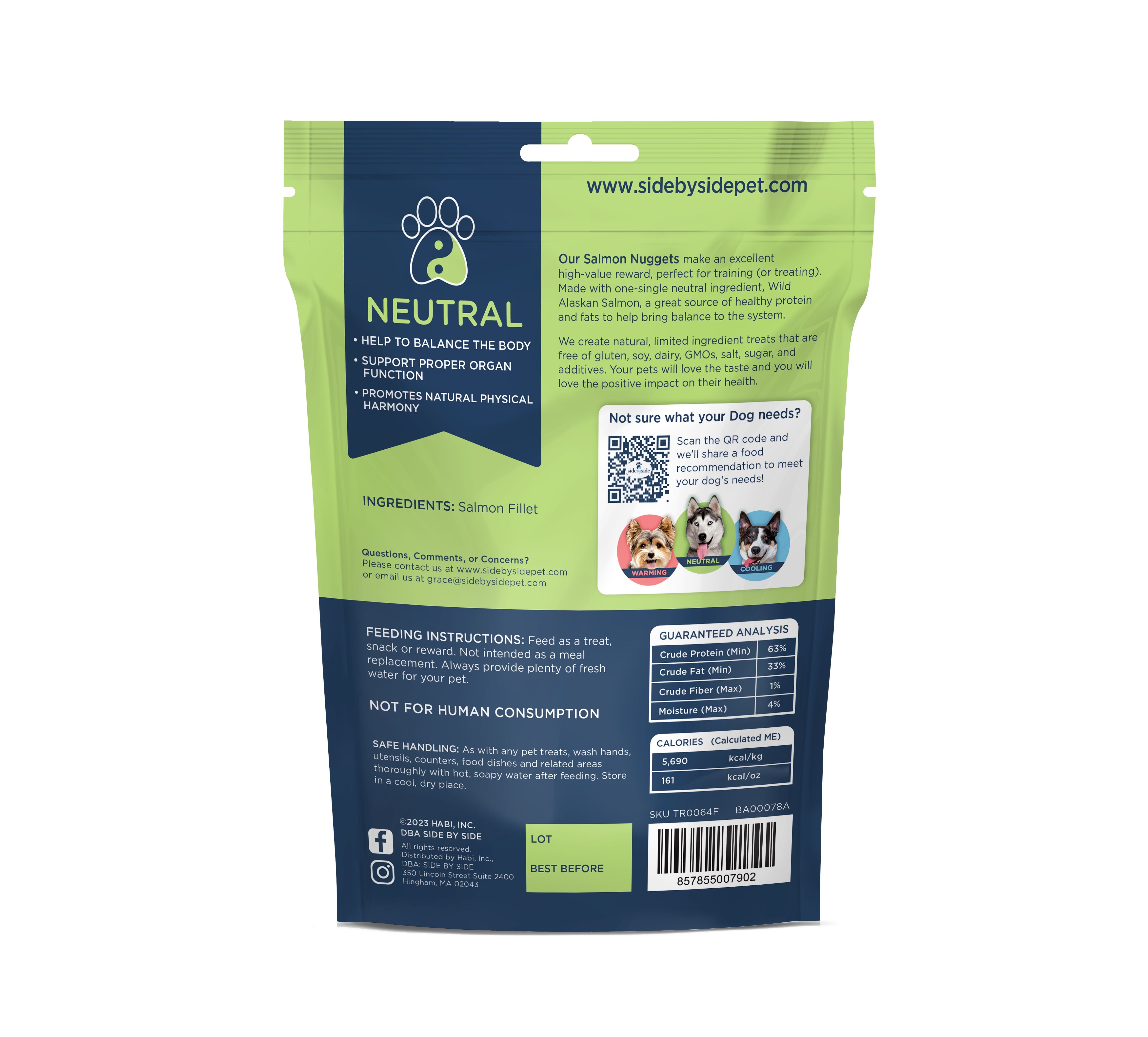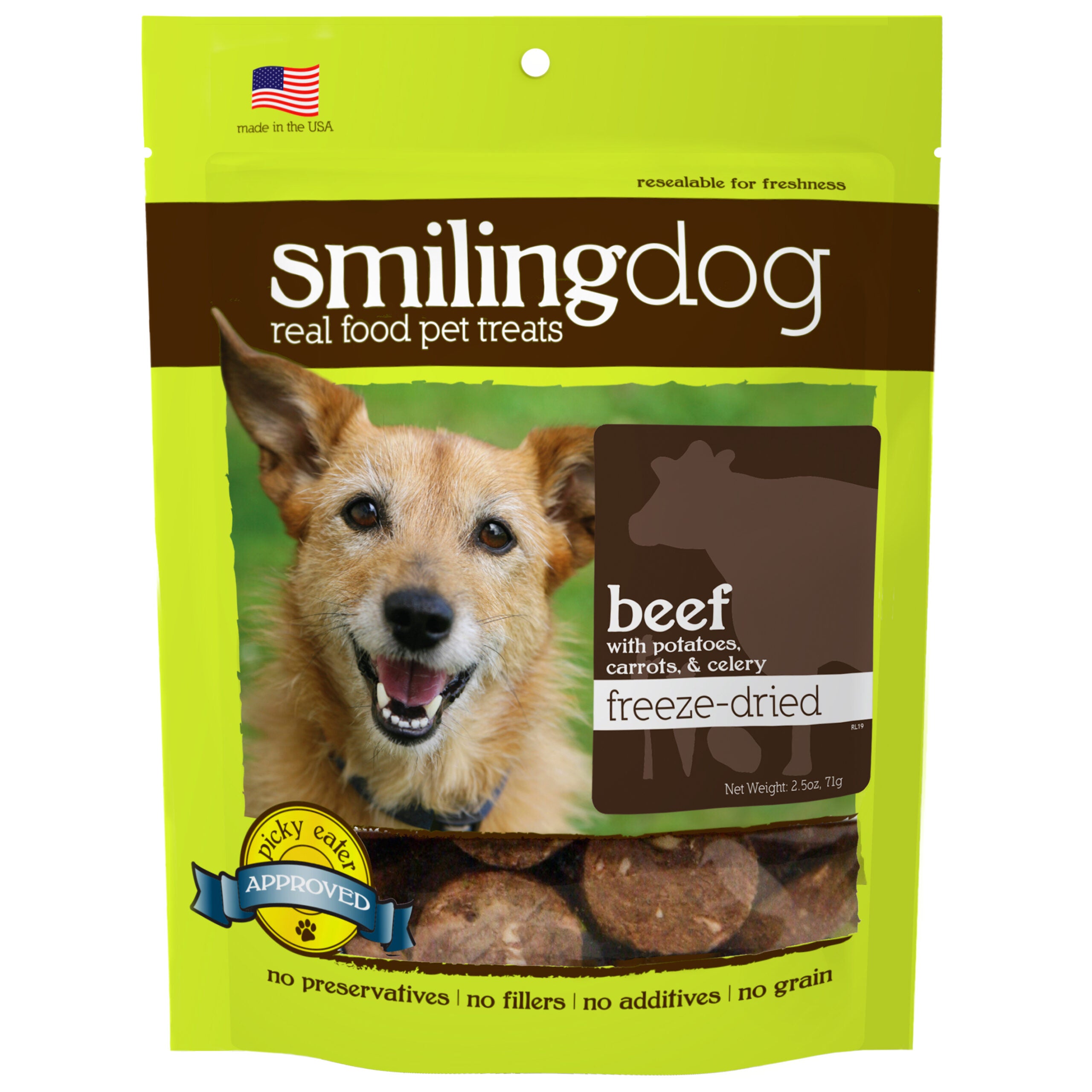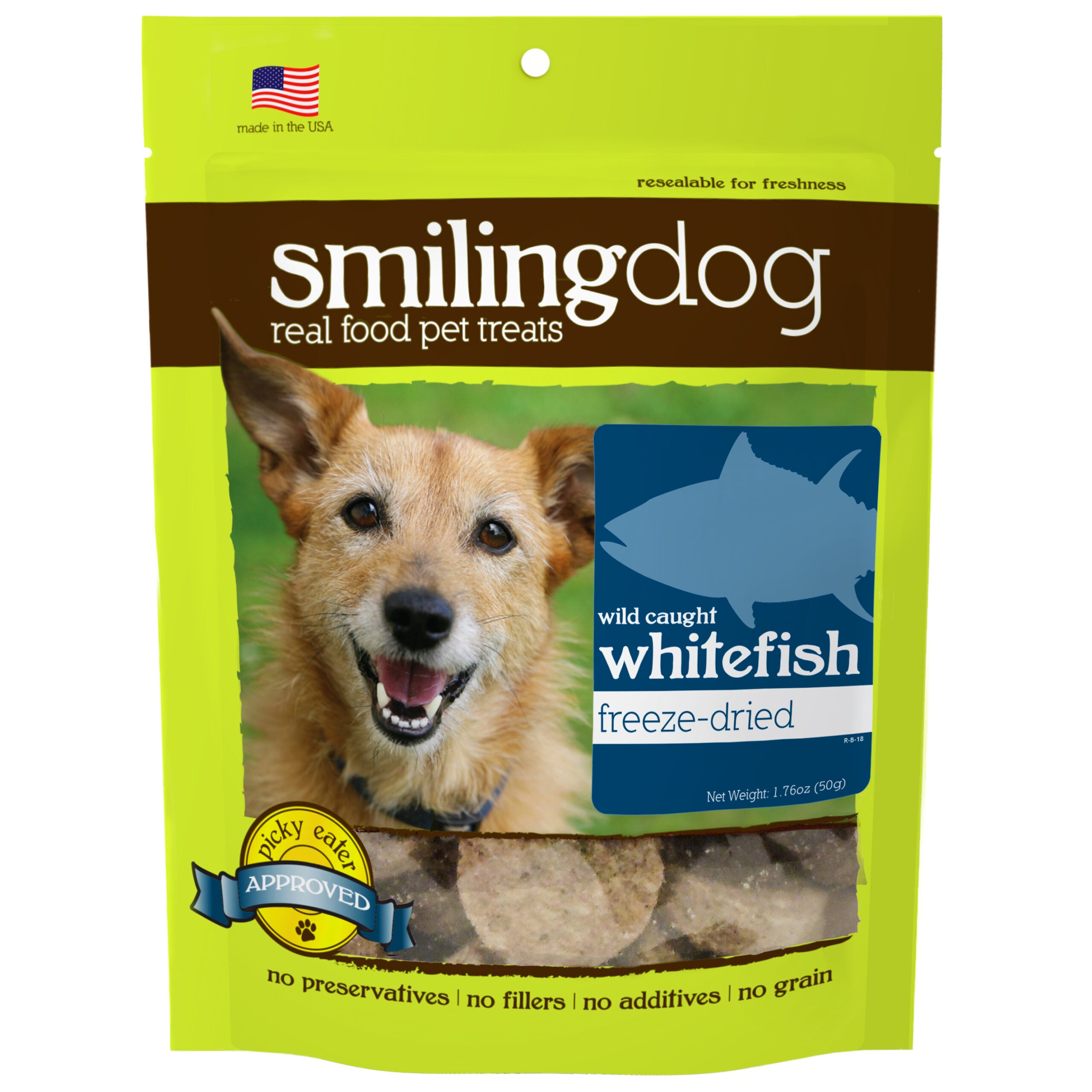
How to Have a Zen Dog

Create a Zen Dog Home
Having a zen dog, or creating a calm and peaceful environment for your dog, involves training, routine, and a soothing atmosphere.
Below are some tips to help you cultivate a zen-like environment for your dog.
Establish a Consistent Routine
Dogs thrive on routine, so create a predictable daily schedule for feeding, exercise, playtime, and rest.
Maintaining a regular routine helps reduce stress and anxiety in dogs.
Also, dogs are experts at picking up on patterns. So if you can keep the pattern the same daily, it helps a lot, too.
The schedule and patterns let your dog know everything is OK and what to expect next.
Provide Regular Exercise
Physical exercise is essential for dogs to release energy and reduce restlessness.
Ensure your dog gets daily exercise through walks, runs, or playtime in a safe and secure area.
By "blowing off steam" through regular exercise, you'll help your dog relax better during the rest of the day.
Mental Stimulation
Engage your dog's mind with puzzles, interactive toys, and training sessions. Most dogs love treat-dispensing toys.
You can also change up your walk routes, allowing your dog to explore new areas with new sights, sounds and smells.
Social interaction with other dogs is also mentally stimulating for dogs
Arrange playdates with well-matched doggy friends, allowing them to interact, play, and engage in mental and physical exercise.
Mental stimulation also helps keep dogs focused and prevents boredom or anxiety.
Create a Peaceful Environment
Designate a quiet and comfortable "safe place" for your dog to relax and retreat when needed.
Provide a cozy bed or blanket, and ensure the area is away from excessive noise or distractions.
Let your dog know the safe place is his or hers by including favorite toys in the space.
You can also encourage your dog to go to the safe place by offering treats when he/she goes to the safe place.
Most dogs enjoy having a safe place, and will retreat when they need to decompress.
Use Calming Aids
Consider using natural calming aids such as lavender-infused bedding or room sprays, which can be soothing to dogs.
Products like pheromone diffusers (Adaptil) or anxiety wraps (Thundershirt) may help alleviate stress.
Practice Positive Reinforcement Training
Reward-based training methods help build trust and create a harmonious bond between you and your dog.
Train your dog using positive reinforcement techniques, rewarding good behavior with treats, praise, or playtime.
A good example of positive reinforcement for dogs is reward-based training.
In other words, you reward positive desired behaviors to encourage their repetition.
For example, suppose you want to teach your dog to sit on command using positive reinforcement, aka reward-based training.
Here's what you would do:
- Start by holding a small treat in your hand.
- Say the command "Sit" while gently pushing the dog's hindquarters down.
- As soon as the dog's bottom hits the ground, praise them excitedly and give them the treat.
- Repeat this process several times, always using the command "Sit" and rewarding the correct behavior.
- Gradually phase out the physical guidance (pushing the dog's hindquarters down) and rely solely on the verbal command.
- Over time, you can begin to introduce intermittent rewards, meaning you don't reward every single time but rather randomly or occasionally. This helps to maintain the behavior.
By consistently rewarding your dog for sitting, he/she will associate the behavior with a positive outcome and is more likely to repeat it.
It's important to use treats, praise, or other rewards that your dog finds motivating.
Also, remember to keep training sessions short and fun, and always be patient and consistent.
Positive reinforcement-based training methods are effective, humane, and build a strong bond between dogs and their owners.
Practice Relaxation Exercises
Teach your dog relaxation techniques like "down-stays" or "settle" commands.
In other words, encourage your dog to relax and then give a reward for calm behavior.
Also, remember to use the positive reinforment recommendations mentioned earlier as you teach your dog to relax!
Many dogs enjoy "cuddle time." Just pick a place, relax, and cuddle with your dog.
Make it a consistent part of the day, though. As mentioned earlier, dogs do best on a consistent routine with patterns.
You can also try introducing activities like gentle massage or aromatherapy.
Avoid Unnecessary Stressors
Minimize exposure to loud noises, chaotic environments, or situations that may cause fear or anxiety for your dog.
Earlier on I mentioned creating a safe space.
If stressful events occur in your home, take your do to his/her safe space. Remember to use positive reinforcement.
Doing so will help your dog feel secure during fireworks, thunderstorms, or other triggering events.
Make the space comfy, with a favorite toy or blanket.
Lead by Example
How zen are you? Are you leading by example?
Dogs are highly perceptive and can pick up on their owner's emotions.
Cultivate your own calm and positive energy, as it can help influence your dog's behavior and overall demeanor.
Below are some ideas.
- Cultivate a calm demeanor: Dogs often mirror their owner's energy. If you are stressed, anxious, or agitated, your dog will pick up on your emotions and feel unsettled. Practice mindfulness and self-awareness to remain calm and composed, even in challenging situations.
- Create a peaceful living environment: Keep your home clean, organized, and free from clutter. A serene and clutter-free space contributes to a sense of calm and tranquility for both you and your dog. Consider adding elements like soft lighting, soothing music, or calming scents to enhance the peaceful ambiance.
- Practice patience and compassion: Dogs have their moments of excitement or even mischief. Practice patience and compassion when guiding and correcting their behavior. Avoid reacting with anger or frustration, as it can create tension and anxiety. Instead, use positive reinforcement and gentle guidance to redirect their behavior.
- Be mindful of your own reactions: Pay attention to how you react to various situations. If you encounter stressors, try to respond with composure and find healthy coping mechanisms. Dogs observe and learn from your responses, so modeling calm and adaptive behavior can have a positive impact on them.
Seek Professional Help if Needed
If your dog exhibits excessive anxiety, aggression, or other behavioral issues despite your efforts, consider consulting a professional dog trainer or behaviorist who can provide personalized guidance and support.
Remember that each dog is unique, and establishing a zen-like environment may take time and patience.
By implementing these tips consistently, you can help create a peaceful and harmonious atmosphere for your furry friend.
How TCVM Helps Achieve Dog Zen
If the above tips don't provide the results you're looking for, Traditional Chinese Veterinary Medicine (TCVM) can help!
TCVM offers several techniques to promote a sense of calm and balance in dogs.
Acupuncture
Acupuncture involves the insertion of thin needles into specific points along the body to stimulate the flow of energy or "qi."
It can help address imbalances and promote relaxation in dogs.
Of course, acupuncture sessions should be performed by a qualified TCVM practitioner.
Herbal Medicine
TCVM Herbal remedies help balance the body's energy and support overall dog well-being.
Certain herbs have calming properties and may help alleviate anxiety or restlessness.
For example, we have two TCVM products for general calming, July Third and Calm Shen.
If you're having serious problems with anxiety or restlessness, you can get more potent herbs with an examination from a TCVM-trained veterinarian. A veterinary authorization is required to buy these herbs.
Food Therapy
According to TCVM principles, food plays a vital role in balancing the body..
A TCVM practitioner can recommend specific foods or dietary adjustments to support your dog's temperament and promote a calm state.
For example, cooling foods like yin tonics may help balance excess heat or agitation.
If you'd like to learn more about food therapy, check out PET | TAO's free ebook "Eastern Food Therapy for Pets: How to Use Food as Medicine for Health and Harmony."
Tui-na Massage
Tui-na is a form of therapeutic massage used in TCVM.
It involves applying pressure, stretching, and manipulating specific points and channels on the body.
Tui-na massage can help promote relaxation, relieve muscle tension, and enhance energy flow in dogs.
Often, a TCVM-trained vet will teach you how to perform a specific Tui-na technique so you can do it on your dog as needed at home.
Energy Balancing Techniques
These gentle movement practices focus on breath control, mindfulness, and harmonizing the body's energy.
Engaging in Qigong or T'ai Chi exercises with your dog can help create a serene and meditative environment, promoting a sense of tranquility for both of you.
However, if you're not trained in Qigong or T'ai Chi, other forms of energy balancing can help. Some people practice yoga, aka "Doga" with their dogs.
Though they are not specifically TCVM practices, animal Reiki and other forms of energy work do a wonderful job.
And, some TCVM veterinary practices also offer animal Reiki as a service.
Remember, it's essential to consult with a certified TCVM practitioner who can assess your dog's individual needs and develop a customized treatment plan.
They will consider your dog's temperament, health condition, and other relevant factors to determine the most suitable TCVM techniques for promoting a zen-like state.
Need Extra Help For Your Special Needs Dog?
TCVM Pet Supply co-founding veterinarians, Dr. Marc Smith and Dr. Casey Damron offer in-person TCVM services in their clinics in Nashville and Fairview, Tennessee.
In addition, they offer TCVM telemedicine consultations for clients unable to find a trained practitioner nearby.
If you get a TCVM telemedicine consultation, you'll get personalized TCVM recommendations specific to your pet, including:
- Food Therapy Recommendations
- TCVM Evaluation
- TCVM Herb Recommendations & Veterinary Authorization
- Supplement Recommendations
- Alternative Medicine Recommendations
You can learn more about each vet and contact the clinic you prefer directly:
- Marc Smith, DVM, MS - Natchez Trace Veterinary Services
-
Casey Damron, DVM, CVA - White Oak Animal Hospital
We hope this information helps you, and wish you the best in helping your pet feel better.
If you have any other questions or if we can help you in any way, just let us know!
Sources:
- Herbsmith. (2021, July 15). What Causes Anxiety in Dogs? How TCM Views Anxiety | Herbsmith. Herbsmith | Be Your Best Dog. https://www.herbsmithinc.com/how-tcm-views-anxiety/
- School, D. T. (n.d.). How To Calm A Dog. https://www.servicedogtrainingschool.org/blog/how-to-calm-a-dog-down
- Paull, J. (2022). 5 Ways to Get Your Dog’s Zen On. Vetstreet. https://www.vetstreet.com/our-pet-experts/5-ways-to-get-your-dogs-zen-on















